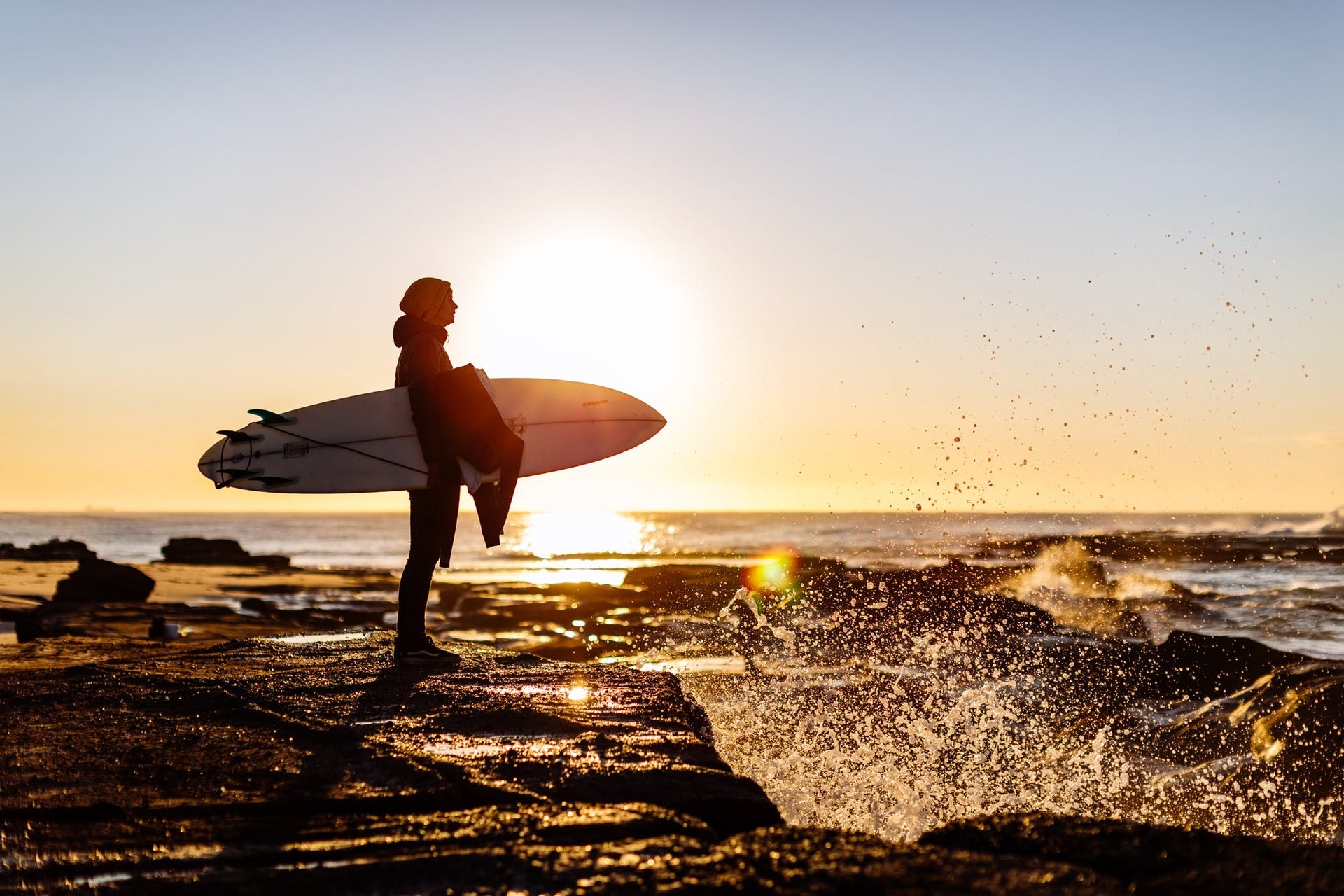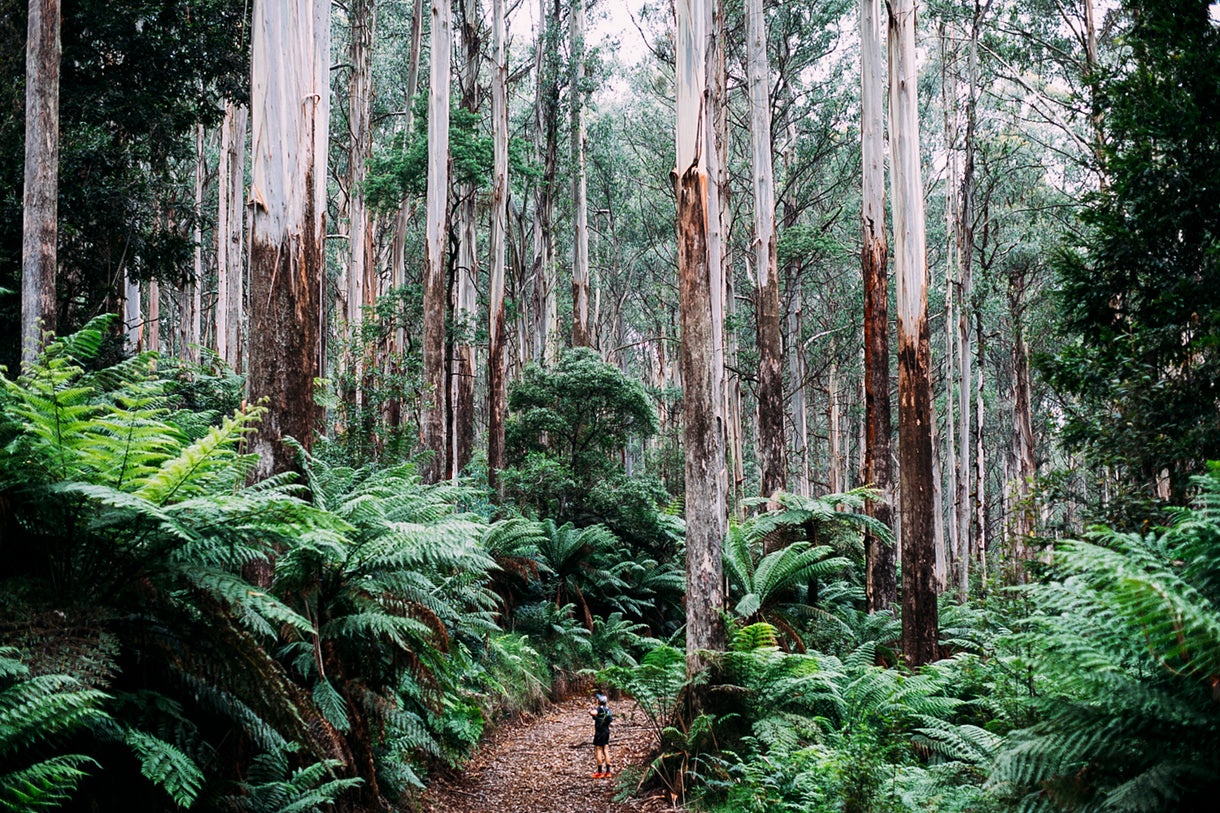Iconic coastlines should not become gas fields. Surfers around Australia are ready to paddle out and defend them.
Unlike other fossil fuels such as oil or coal, you can’t see gas. You can’t see it in the atmosphere… and you can’t see it being pulled from the ground. In Australia, the gas industry historically operates far from the public gaze. It’s a dirty business few people see.
Gas has traditionally been extracted in remote corners of Australia, in places like the Northwest Shelf, the Timor Sea, Bass Strait and in outback Queensland. While you might not see it, the gas industry in Australia is out there, operating on a vast scale.
In recent years, however, we’ve started to see the gas industry at work. As gas extraction has been supercharged and wells have dotted the country, it’s encroached onto farmland, moved closer to regional towns, and is proposed for some of the most populated and precious parts of the Australian coastline.
The gas industry has now turned up off the coast of Sydney, our country’s biggest city. It’s turned up a few kilometres off the Twelve Apostles, one of Australia’s most recognisable natural attractions. It’s off the World Heritage Ningaloo Reef. It’s turned up on prime farmland and on sacred Indigenous country.
And while you can’t see gas, you also can’t see the damage it does. Gas deposits are discovered by seismic blasting through the ocean floor; the subsequent damage to marine life of all sizes almost impossible to assess. Once the gas is opened up, the damage is then done to the atmosphere. The primary ingredient of gas is methane, a key driver of climate change. As the gas industry has grown, so too have the levels of carbon pollution it releases into the atmosphere. Gas is now a major and growing contributor to Australia’s annual carbon emissions.
The gas industry has now turned up off the coast of Sydney, our country’s biggest city.
But because you can’t see the damage gas does, it’s being offered up by the fossil fuel industry as a friendlier, less harmful option to coal and oil. “Natural gas” is being marketed as a “transition fuel”, crucial as a bridge to clean, renewable, carbon-free energy systems sometime in the future.
The thing is, those clean, renewable carbon-free energy systems are already here in Australia. Solar and wind energy have made huge inroads in the past five years, despite energy policy being gamed in favour of the fossil fuel industry. Almost a third of the eastern states electricity grid is now powered by renewables. It’s clean and it’s cheap and it’s already here.
But this is where we find ourselves. At a time when the rest of the world is already building clean energy systems for the future, Australia is stubbornly digging out more fossil fuels. Our reaction to the climate crisis is to go down a dead end of history, and for what? The gas cartel has looked after their own profits ahead of the Australian people. Most of the gas produced in Australia is exported; so much has been exported that in recent years Australia has at times had to import back the same gas it exported, paying a premium. So much gas is exported that the gas companies then cry “gas shortage” and lobby for more areas of the country to be opened up to development.
Why has this been allowed to happen? In Australia it’s hard to tell where the government stops and the fossil fuel industry starts. Governments are stacked with connections to coal, oil and gas. There is also a steady flow of political donations going to both major political parties. The fossil fuel lobby has deep pockets and powerful friends, and as gas makes its last stand they’re not going quietly.
They’re furiously rebranding gas as a clean alternative, necessary to firm grids “when the sun doesn’t shine and the wind doesn’t blow.” Gas companies are claiming to be net zero despite their products generating millions of tons of carbon emissions. Australia’s economic recovery from the Covid pandemic was framed squarely as a “gas-led recovery”. The man put in charge of it was the director of a gas company.
From Ningaloo right around to Newcastle, the people of the Australian coast are standing up and paddling out…
But people right around the country are standing up to the rampant and unnecessary development of more gas. Traditional owners in the Northern Territory are fighting the fracking of the Beetaloo Basin. Farmers in New England have fought to save some of the country’s most productive farmland from becoming gas fields.
On the coastlines opposition to gas has really stirred. From Ningaloo right around to Newcastle, the people of the Australian coast are standing up and paddling out for a natural coastline and a clean energy future. They know that any new gas well drilled off the coast today will still be there decades later, spewing pollution and pushing the climate to the brink.
The world is being asked to reduce carbon emissions, but as an individual there’s a sense of powerlessness. Where to start? In a carbon economy the alternatives aren’t always there, the fossil fuel lobby having spent decades undermining them. Their concept of the personal carbon footprint flipped responsibility for carbon pollution off producers and onto consumers.
Maybe the most effective thing an individual can do to reduce carbon pollution is join thousands of other individuals to stop a gas project going ahead… a gas project that over decades would release millions of tons of carbon into the atmosphere.
The Fight for the Bight saw tens-of-thousands of people take to the beaches around Australia. A loose band of surfers, salts, conservationists and young families united to not only save the Bight from becoming an oil field, but to send a broader message – developing new fossil fuel reserves as the climate horizon nears was madness. The coast was making a stand. A movement was born.
But where to start when the country is coast-to-coast with gas development? It’s a good question but there are two key stretches of coastline in the crosshairs of the gas industry that hold special value to surfers around Australia.
PEP11 – Petroleum Exploration Permit 11 – is a 4,500 square kilometre area off the coast between Sydney and Newcastle. The company holding the permit has a contractor ready to drill the first gas well on the Australian east coast. To the south meanwhile, the Otway Basin off Victoria’s Great Ocean Road is being aggressively explored for gas reserves. Last year the government gave the green light to explore for gas just five kilometres from the Twelve Apostles. It sounds like satire, but sadly this is modern Australia.
Both these areas are surfing heartlands, but they’re also pristine marine environments and incredibly important for tourism. These coastlines provide a way of life for millions of people, and the idea of developing them as gas fields is both brazen and short-sighted. It’s gas we don’t need, at a time the climate can least afford it.
This summer, it’s time to stand for our coast, oceans and climate.

























































